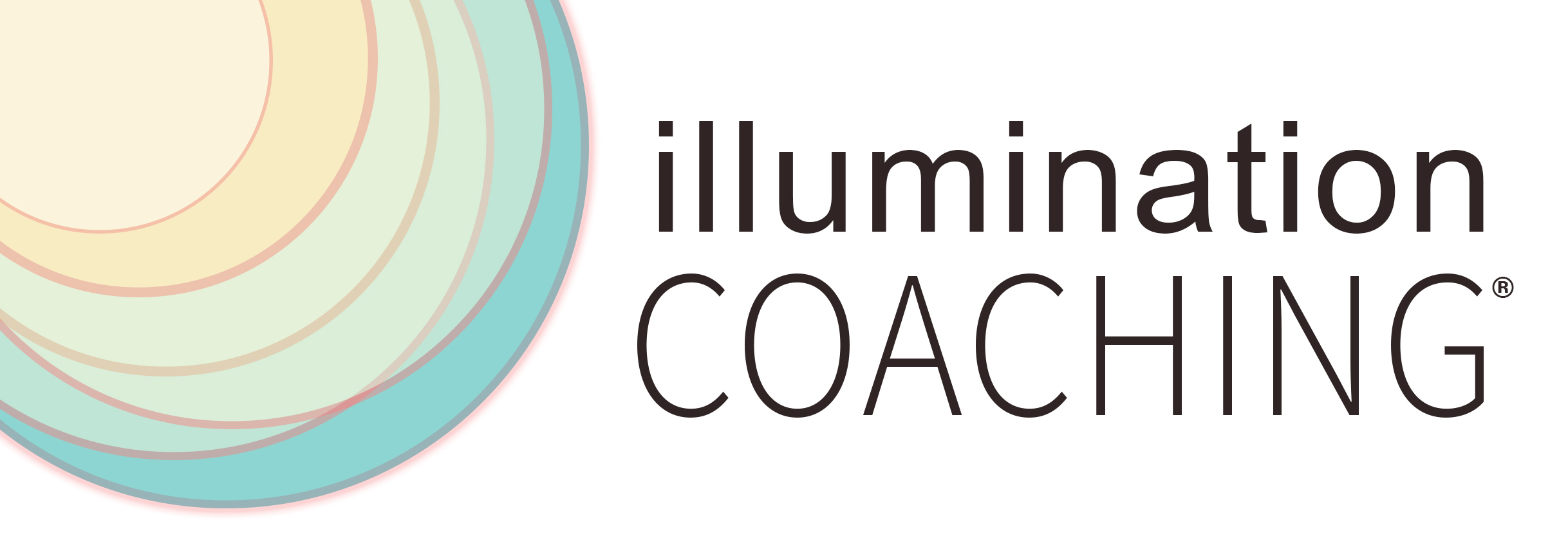Fall is here and it feels as though there has been a tremendous amount of change around us these past few weeks in addition to the natural change of season: settling into a regular fall routine, putting our outdoor projects to bed, election season ramping up, and lots of attention-grabbing news headlines.
Change is a natural part of life, of course, and especially in our VUCA business world (Volatile, Uncertain, Complex, and Ambiguous). This dynamic is even more pronounced in the corporate sphere with frequent disruption due to innovation, AI, market forces, restructuring, new opportunities, initiatives, and challenges. As leaders, what do we do when the ground feels like it’s moving under our feet and nothing seems certain anymore?
We get to choose how we respond to external changes. Notice I said “respond” and not “react” because they are quite different. A reaction is immediate and usually based on unconscious drivers (i.e. fight, flight, or freeze reaction). A response is a mix of unconscious and conscious thought, followed by a pause, and then an intentional choice about what to say or do. While we may not be able to control what is happening around us, we can control our response to these external forces of change.
Some leaders try to gain a sense of control by seeking work/life balance, and yet for many balance remains elusive. The problem with “balance” is that it implies a static state; that once it’s achieved then our work is finished. An example of balance is standing on one foot while raising the other leg. Once you have successfully achieved balance on one leg, you’re done. Ta-DA! It’s easy to maintain balance when all the forces around you stay the same. But life doesn’t operate like that.
Now imagine balancing on one leg while an external force, like a strong wind, blows on you. What happens? You have to adjust and move while the winds change around you — at different speeds and from different directions.
It’s time to shift from attempts to find “balance,” and instead to find “stability” during times of change. Stability is “balance” PLUS “mobility,” meaning that we are in balance while in motion. Picture yourself standing on a surface that is moving, like a bosu ball at the gym. Your arms are swinging about trying to maintain balance in your core, but like a strongly-rooted tree in a headwind, you remain stable on the bosu.
Another analogy comes from surfing. It’s easy to stand up on a surfboard on the sand. But paddle out into the ocean and then try to stand up or ride a wave! It is different experience that requires strengthening different muscles and learning new approaches in order to be successful.
The next time you are buffeted by strong winds of change, think about:
- How will you remain on your feet? How will you shift and respond?
- Where can you find stability in those moments?
- What resources can you access — both internally and externally?
- What strengths can you leverage now?
- What “muscles” do you need to flex more (i.e. leadership competencies)?
Just remember that change is constant, seeking balance is elusive, and perhaps shouldn’t ever have been our goal. Keep your footing . . . because more waves are on the horizon.

